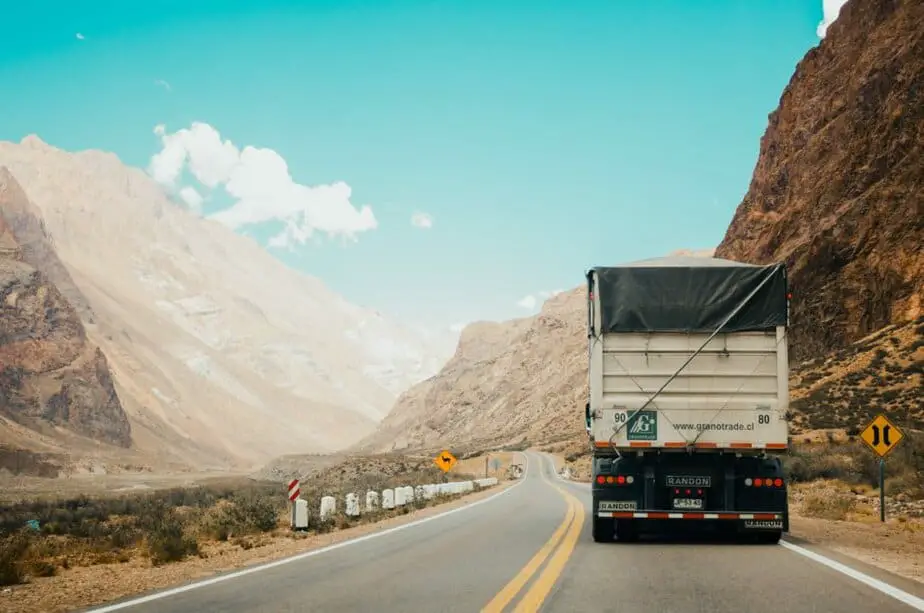The challenges faced during last-mile transportation are of two natures. One is the challenge faced due to the transportation itself and the second challenge is from the buyer’s side. Transportation losing its effectiveness and failing to deliver the required quality or quantity on time leads to challenges from the transportation side.
On the other hand, the buyer not being ready to accept the quality or quantity at the delivery time leads to the challenge from the buyer’s side. Liability of loss is another factor that can arise from either side. If the buyer refuses to accept the delivered product or service, the seller or last-mile delivery provider suffers the loss. Contrary to this, if the service or product or service fails to provide value to the buyer, it is the buyer who bears the loss.
Apart from the dual nature of challenges, there are other aspects through which the last mile transportation can be improved. These aspects can be researched and improved in the following ways:
Adequate size of the fleet can improve delivery and prevent excessive loads on limited last-mile transportersUsing technology to have better visibility and communication can improve the routing of drivers and prevent delays for the buyer and transporter alikePreventive maintenance of transportation means can help prevent breakdowns, thus preventing delay or failure of the entire delivery. Check and balance performed on the last mile transporter’s attitude and ethical considerations to prevent the liability of any kind
How much impact can last-mile transportation make upon service/product delivery?
Since the last mile transportation acts as the buyer interface for the entire product or service delivery, it can make or break the entire delivery or preceding supply chain process integrity.
Therefore, its criticality is more than any other process in the overall value chain. Considering it to be just a cherry on the cake is a misinterpretation of its importance.
Which one is complex, last-mile transportation of goods or services?
Both carry their particular challenges. For example, there are videos available on YouTube where drunk passengers assaulted Uber drivers and faced retaliation. In such scenarios, the challenge can range from mild altercation to even a serious crime such as murder.
Then comes the mediating role of the service-providing company such as Uber because reputation is at stake instead of just financial loss or the loss of precious lives.
Delivery of goods is complex in its way. Sometimes there is an issue of unattended packages and sometimes rejection of package leads to the failure of delivery. Again, the mediating role of the provider of the goods plays a major role in evaluating if the goods were not of the required standard or if there was a failure on the transporter’s part. Loss, in this case, is limited to the financial aspect.
How costly can the last mile transportation be?
It delivers to the final customer. In terms of services like ride-hailing apps, even if the pool riding option is availed, delivery cost remains the same and the major model of delivery relies on last-mile transportation.
However, goods are transported to discrete customers, and catering to each buyer can carry enormous costs. According to Insider Intelligence, the cost of last-mile transportation can go as high as 53% of the total shipping cost. The worst case is of transportation to a customer who has ordered a small package from a distant rural area where the conventional delivery agents are unreachable. In any case, last-mile transportation of goods is more costly than the last-mile transportation of service.
Conclusion
It is more important than many other processes in a value chain. Ignoring its importance can lead to the failure of delivery, ultimately leading to the loss of finances and goodwill. Last mile transportation in this case plays a critical role as it is the only interface of a company with the buyer. So the successful execution of overall service or product delivery depends on it. There are methods to eliminate or reduce errors in last-mile transportation. Making last-mile transportation robust can help in controlling more than half of the total delivery costs.
What can be the modes of last-mile transportation?
In terms of goods delivery, it can be done through motorbikes, cars, or even on foot. In terms of service, it is mostly done through cars.
Is it challenging being a last-mile transportation provider?
Yes, especially due to long working hours and direct buyer dealing.
